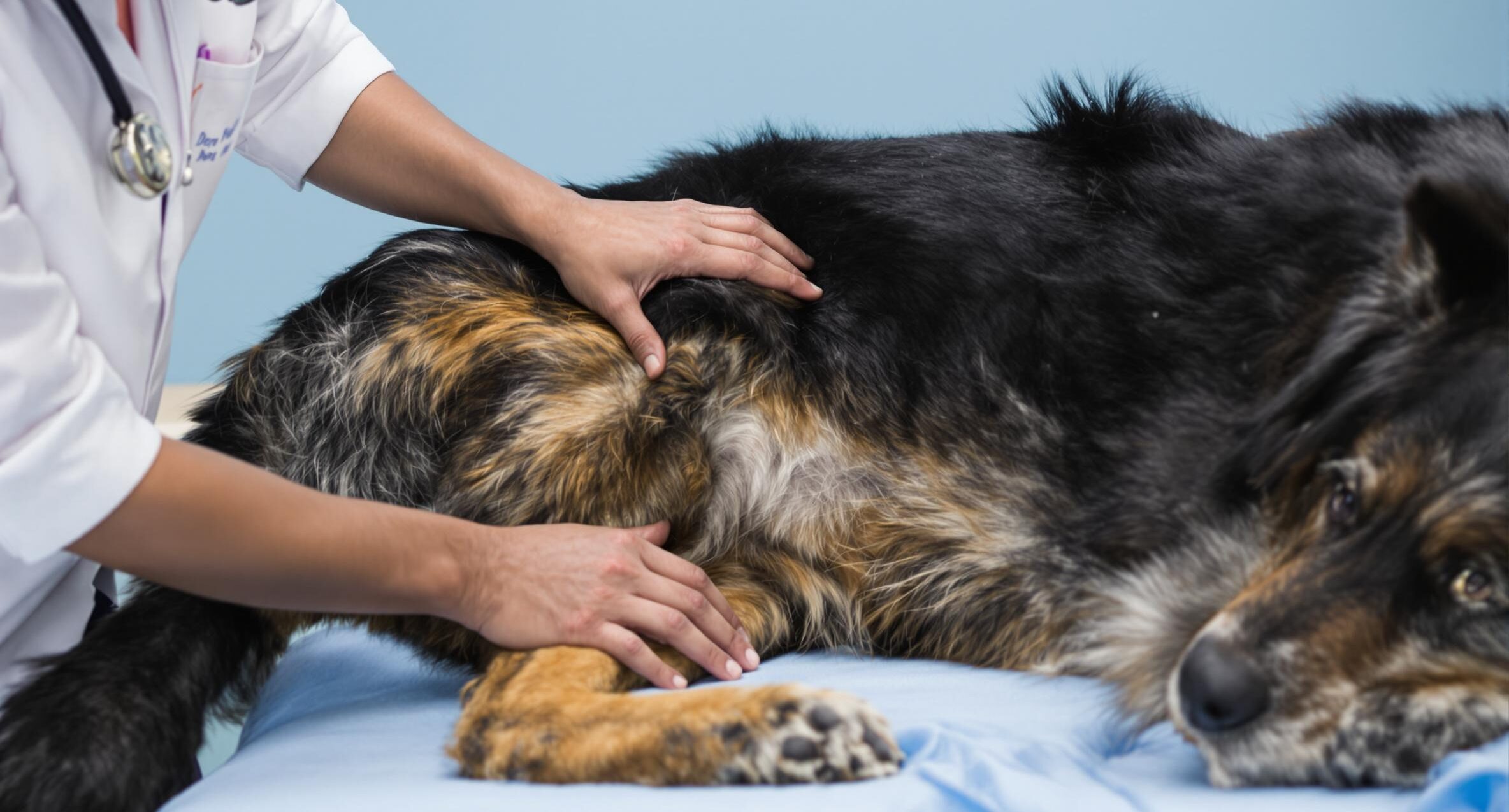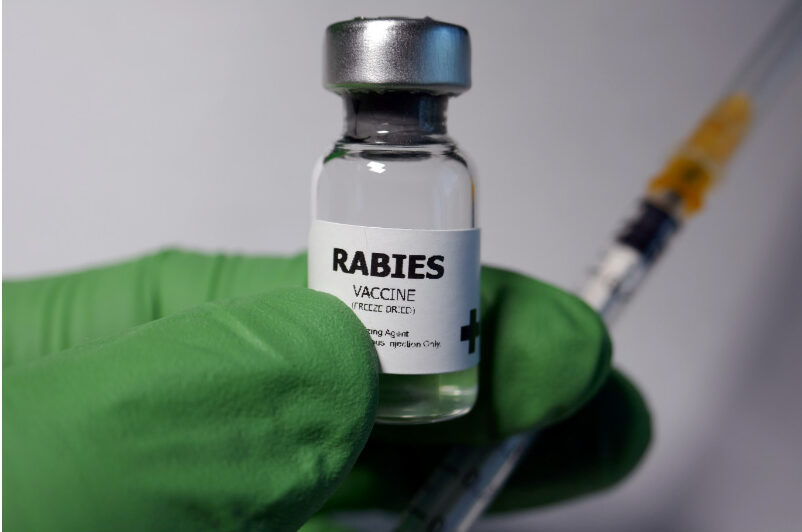Symptoms of Cushing’s Disease in Dogs

Common symptoms of dogs and cats with Cushing’s disease
- Bald patches on trunk
- Excessive drinking & urinating (PUPD)
- Ravenous appetite
- Swollen abdomen
- High blood sugar
- Darkened skin
- Ringworm & demodex infections
- Shrunken testicles
- Irregular heat cycles
The majority (80-90%) of pets with Cushing’s disease have ravenous appetites. They drink excessively and urinate excessively (polyuria and polydipsia). Because their livers enlarge, their abdomens hang down (pendulous). Many pets, especially cats, have high blood sugar. ,
Many pets with Cushing’s disease also develop bald patches over their sides, and their skin darkens. They bruise easily and develop patches of skin roughened with calcium (calcinosis cutis). Many have skin infections, including ringworm and demodex mites. Blood pressure rises and blood clots form in the brain and intestines. There are reproductive problems: in males the testicles shrink, and females do not have normal heat cycles.,
Which tests help diagnose Cushing’s disease?
There are changes in white blood cells. For example, neutrophils increase, and eosinophils and lymphocytes decrease. Some pets also have increased monocytes and thrombocytes. Blood tests also show increased sugar levels (hyperglycemia), high liver enzymes (elevated ALT and AST), high blood lipids (hypercholesterolemia and hypertriglyceridemia), high sodium (hypernatremia) and low potassium (hypokalemia).
The urine is usually dilute, and it may contain sugar and bacteria. As the kidneys lose the ability to hold protein (glomerulonephropathy), the urine will also contain proteins. Although pets with Cushing’s disease have normal thyroid glands, thyroid hormones can be low because cortisol blocks the thyroid hormones from binding and entering cells.
The liver is enlarged, and the bones—especially the vertebrae in the spine—appear porous because they contain less calcium than healthy bones.





